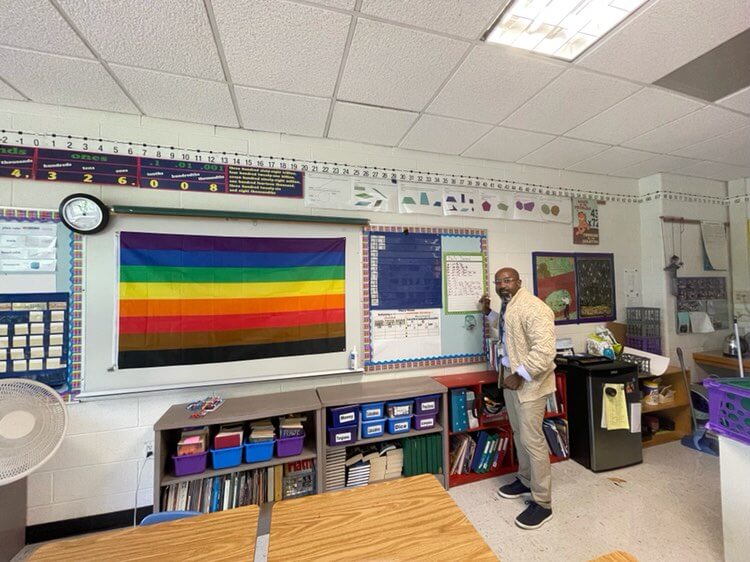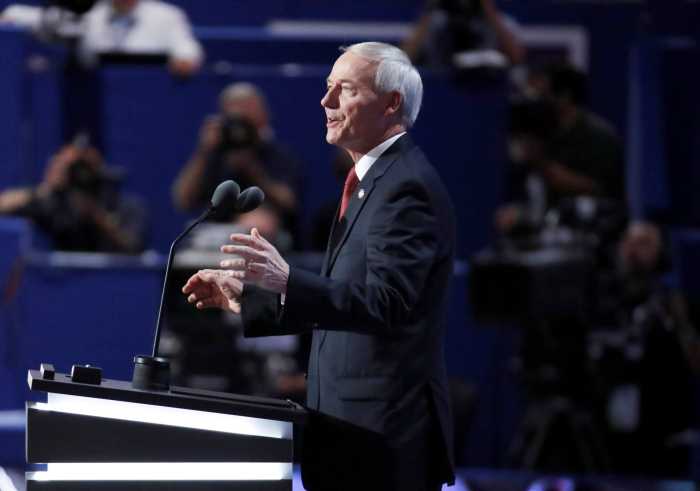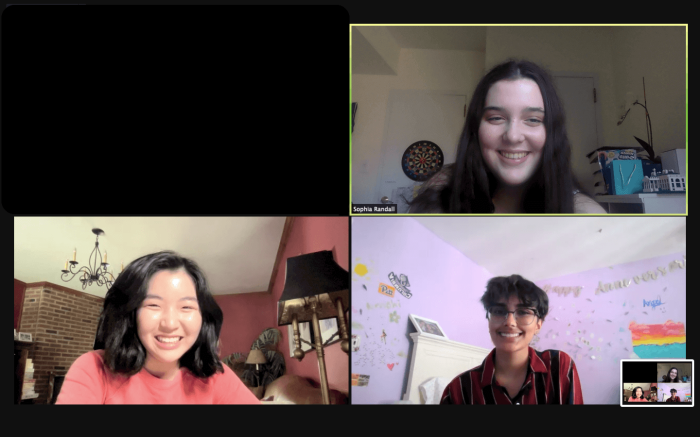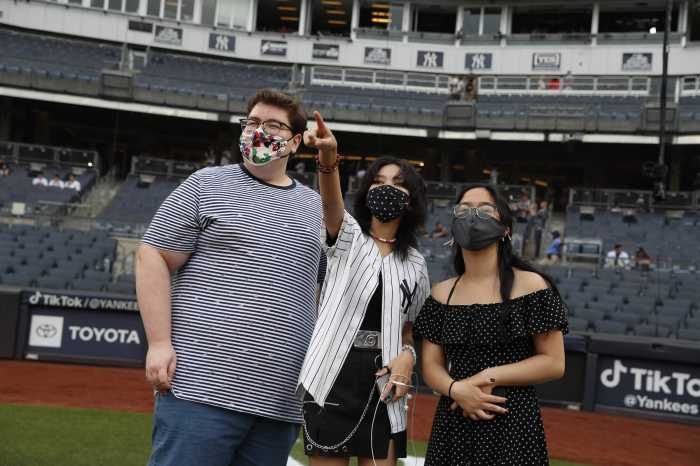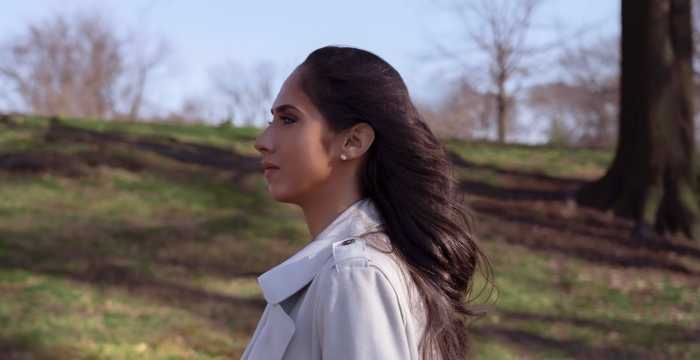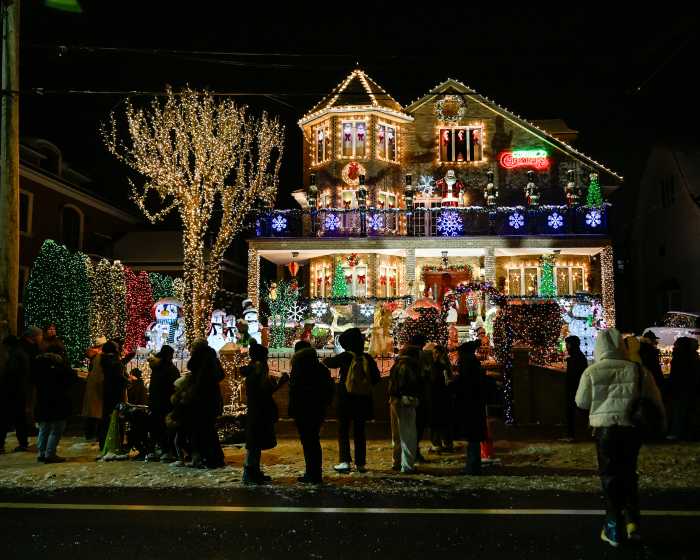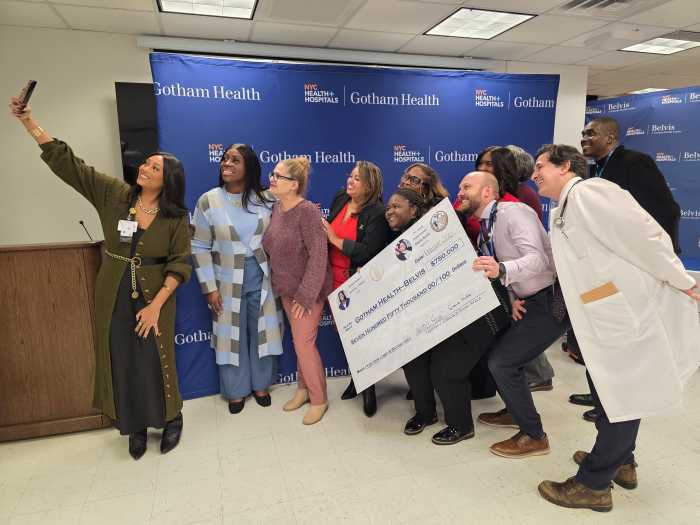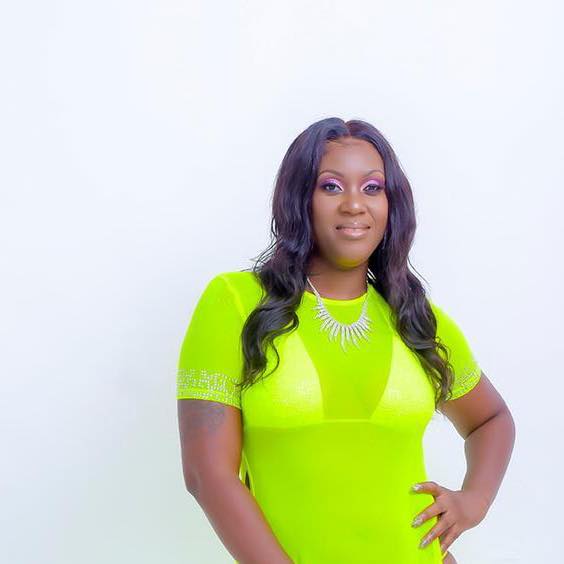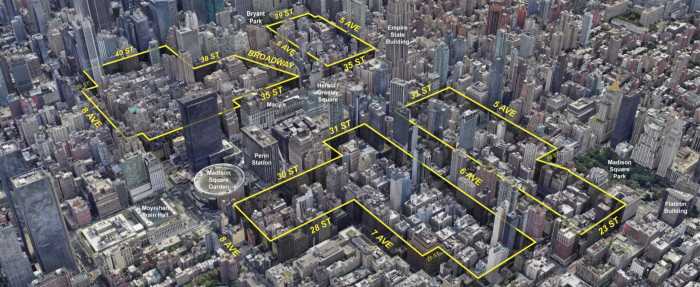As millions of students resume in-person learning this fall, some LGBTQ teachers have mixed reactions about returning to the classroom during the COVID-19 pandemic.
Matthew Reid, a fifth-grade teacher at William B. Ward Elementary School and member of New York State United Teachers (NYSUT) in New Rochelle, New York, described being back in the classroom as a “little unnerving” due to changing COVID-19 restrictions.
“In my building, there’s no gymnasium anymore because they had to turn it into another cafeteria so that they have enough space for all the children to be able to eat,” Reid said, referring to social distancing mandates. “That means that if it’s not a nice day, the physical education teachers have to push into our classrooms.”
While Reid says it’s a “blessing” to teach lessons in person rather than remotely, it has not come without challenges. Teachers have to be careful about how close students are to one another during recess and other activities, he said. Recently, he said officials discovered a student traveling on a school bus had COVID-19.
“They had to quarantine the whole bus until they were able to view the tape and know exactly where people were sitting and how close people were to this student,” Reid said.
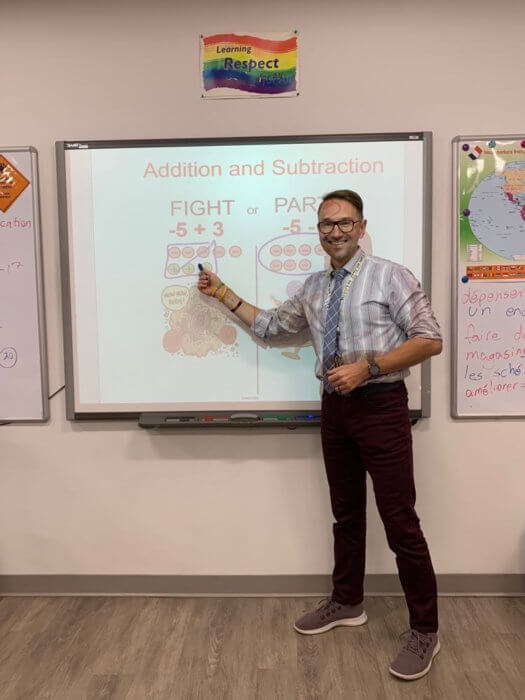
Reid’s husband, Aleksey Vodyanitskiy, who teaches math at Rye Middle School in Westchester, said returning to the classroom boosted his mental health. Vodyanitskiy missed seeing students understand or get excited by new courses.
“It kind of keeps you moving,” he said. “During the pandemic, that part was completely wiped out.”
Vodyanitskiy likened the experience of virtual teaching to being a performer without an audience.
“That’s how sometimes it felt, and it could be a very defeating process,” Vodyanitskiy said.
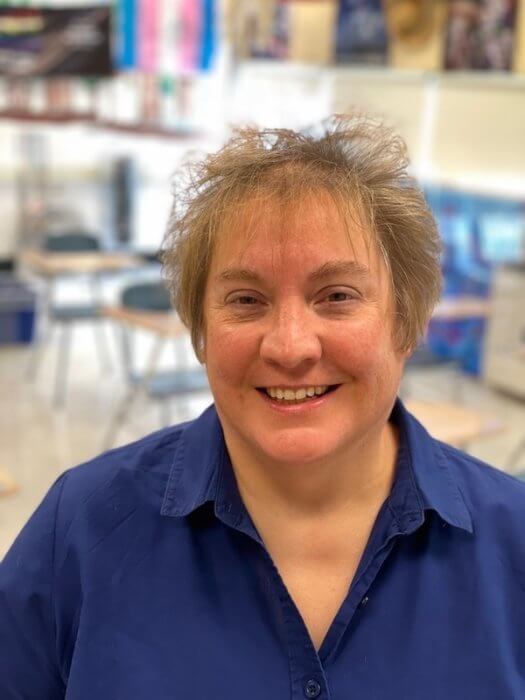
Natasha Homa, a high school Spanish teacher at the New Hartford Central School District just outside of Utica in upstate New York, told Gay City News she feels more connected to students now than when she worked remotely.
“It brought joy back to me to have all the kids there in the classroom,” Homa said. “When they’re at home on their computer, you’re looking at an avatar, and engaging kids in both modalities is a big challenge. The kids were challenged.”
Homa, who also leads the school’s LGBTQ group, said queer and allied students are eager to restart the program. They are in need of support, she said, rather than being overwhelmed with computer screens all day.
“[I asked] ‘How are y’all doing? is there anything you want to talk about?’ And they were dead quiet; it broke my heart. You can say I’m here for you, but when you’re remote, it’s just not the same thing.”
Since returning to school, she has noticed more students are coming out as LGBTQ and are questioning their sexual orientation or gender identity. The school has LGBTQ-inclusive intake forms and some students have responded to those forms by saying they are asexual, for example.
A couple of weeks into the school year, Reid has largely resumed his pre-COVID-19 set up: A framed picture of his husband remains on his desk and a Pride Flag is proudly flying in his classroom. While his fifth-graders appeared to bounce back from the pandemic, he still worries for the kindergarteners, unaware of school life pre-pandemic.
“For younger kids, sadly, this is their normal, which is very sad for me because this shouldn’t be their normal,” he added. “It’ll be a great day when we are able to be mask-free and not worry about social distancing. But, we all know that’s still a ways away.”
To sign up for the Gay City News email newsletter, visit gaycitynews.com/newsletter.

